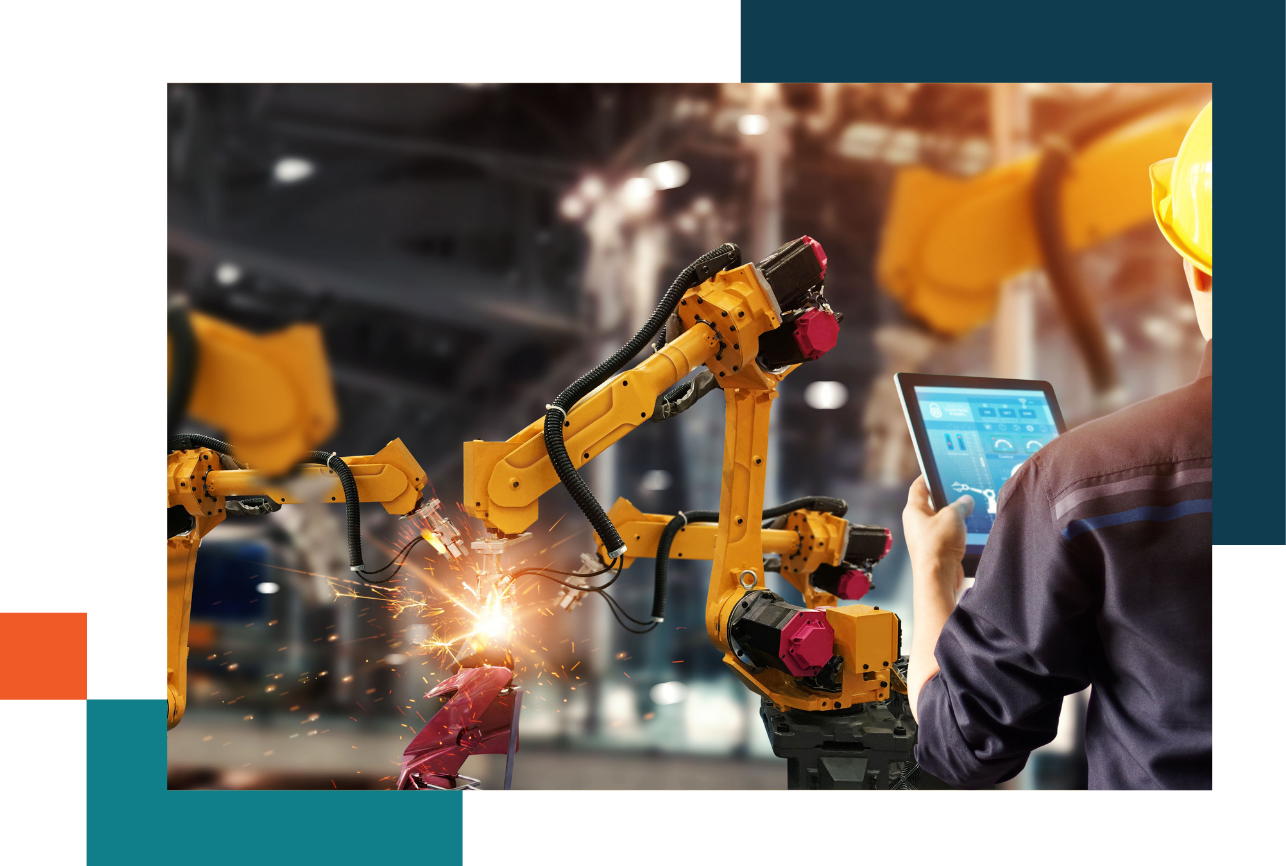Getting a complete picture of your business starts with the right technology
November 24, 2021
The future arrived fast. In 2020, manufacturing and technology businesses quickly opened their minds to integrating technology into their organizational processes in order to adapt to pandemic restrictions.
After seeing a successful adoption of e-commerce platforms, organizations are starting to examine how technology can support their larger organizational goals, specifically around decision-making and inventory management.
Businesses are navigating a dynamic environment right now. The fluctuating prices caused by a strained supply chain means that the old way of operating may be hurting the bottom line. A gut instinct approach could cost you significant amounts if you make the wrong decision.
How can you adapt and come out ahead? For many organizations, the answer lies in using right sized technology stack that is optimized for your business to help you get a clearer understanding of where your business stands. The cornerstone of competent manufacturing technology stack is an enterprise resource planning (ERP) systems.
A new level of insights into your inventory
Managing your key assets like inventory has always been a challenge, but pricing is as dynamic as ever due to supply chain strains. Some areas of the economy are seeing price changes that would occur over years happen in just a handful of months.
But there’s also an opportunity here, and your team could take advantage. The right ERP system gives you a better insight into what you have and what products are selling well, faster than ever before. This knowledge allows you to have the right product in stock at the right time, keeping your fill rates high while not having excessive cash tied up in inventory. You can lean into your strengths and optimize your inventory accordingly, getting ahead of the competition and securing more of the right products before the price jumps.
You can also see the inverse: what isn’t selling well, and how much is it costing you? Some organizations don’t have the ability to answer those questions until it’s too late, and they’ve already made costly decisions that could have been avoided. An ERP system solves that.
Systems that scale as you do
Organizations are often resistant to adopting new technology because they fear constant investment or upgrades. And that is a realistic fear: making operational changes requires a significant number of resources, including time, training, and money.
Today’s ERP systems are comprehensive platforms that can meet the demands of your business as they grow by aligning with and automating your sales and operational excellence. You can add and remove features as need without having to switch to a different system or figure out a way to move your information over.
In a previous generation, software would be a one-time purchase that eventually has to be replaced for another upfront capital cost, typically with a steep price tag. Now, ERP systems deliver value with no capex but with a manageable stream of opex.
Given the current environment of Cyber threats where many companies running on-premise systems have been victimized by cyber criminals, Cloud offers the security and peace of mind by securing your data and making it available to your team, anytime anywhere.
In a previous generation, software would be a one-time purchase that eventually has to be replaced for another upfront capital cost, typically with a steep price tag. Now, ERP systems deliver value with no capex but with a manageable stream of opex.
ERP systems can help your organization take the next step and give you confidence about your trajectory. To learn more, reach out to our team.
Connect with us to get started
Our team of dedicated professionals can help you determine which options are best for you and how adopting these kinds of solutions could transform the way your organization works. For more information, and for extra support along the way, contact our team.
